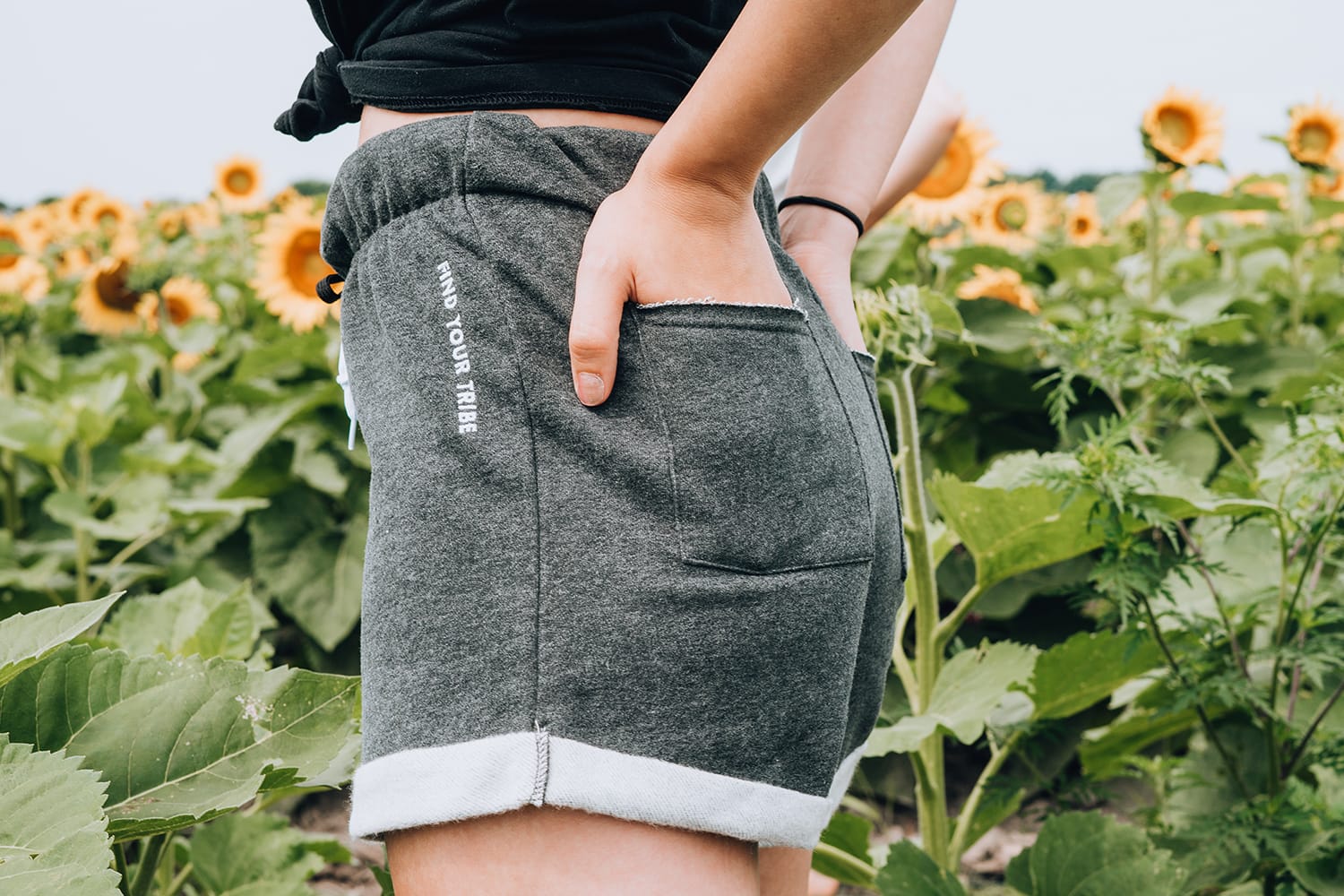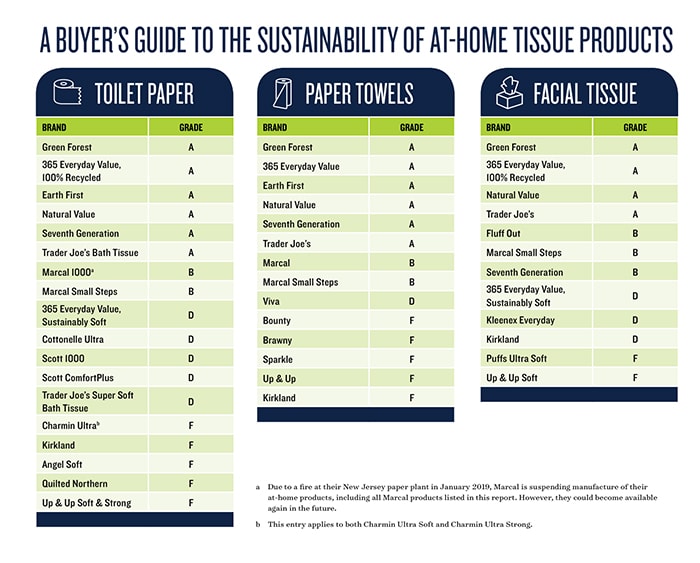Want to reduce your carbon footprint? Your butt can help. (Stay with us here.)
We know butts aren’t typically considered the heroes of the human body. We use our legs to run marathons, our hands to pet dogs, and our voices to sing off-key karaoke. But, butts? They’re mostly comfy for sitting on and letting you nail that perfect belfie.
But you can also use your butt to help reduce your carbon footprint and make the world a better place.

3 Ways Your Butt Can Help Reduce Your Carbon Footprint
Switch Toilet Paper Brands
Most toilet paper is pretty terrible for the planet and America has an obsession with it. Unfortunately, the bleached, pillowy soft stuff is made from 20-40% virgin softwood, much of which comes from the old-growth boreal forests in Canada, and we’re going through an average of almost 3 rolls a week per person. I know this sounds drastic, but maybe it’s time we stop eating it?
Once you stop making toilet paper a part of your balanced diet, consider switching to tissue products made from more sustainable sources.
For instance, the toilet paper made by Who Gives a Crap is made from recycled paper and bamboo, which grows a lot faster than those trees up in the North. Who Gives a Crap also donates half their profits to helping building toilets around the world for the 40% of the world’s population that don’t have access to one.
Prefer to get your toilet paper in the store or from Amazon? Here are a few more options:

Skip the Toilet Paper and Baby Wipes
Clean, usable water is a rapidly dwindling resource. And, another downside of toilet paper is that turning a tree into a product that won’t give you splinters requires a lot of water. Producing the 36.5 billion rolls of toilet paper America uses requires 4.7 billion gallons of water.
One way around this is to use a bidet. But wait a second, bidets use water! How would they save water? It takes 37 gallons to make one roll of toilet paper. A bidet uses 1/8 of a gallon each time. If you’re going to the bathroom 120 times a day the water use might break even, but you should probably cut back on your fiber intake.
However, most American homes don’t come with a bidet. And, if you rent, good luck talking your landlord into letting you install one.
But there are two other options. One is to use a bidet spray or “bum gun” (it’s like a kitchen sprayer, but for the bathroom). Another is to install an in-toilet bidet, like those made by Tushy or Superior Bidet. They’ve partnered with Water.org to guarantee that each bidet provides a person in the developing world with two years of clean water. Either way, the purchase and install will set you back around $50, but will save you hundreds on toilet paper in the long run.
Buy Organic Underwear
Insect populations are on the decline. And, though squishing fewer silverfish sounds wonderful… we actually need bugs. They pollinate plants, break down decaying organic matter, and feed larger animals. Cricket chips, anyone?
Eco-friendly clothing companies like Pact, Knickey, and Pansy make bras and panties from organic cotton and natural dyes. This means bug-killing pesticides, petroleum (used to make acrylic, polyester, spandex, and nylon), and bleach aren’t part of their manufacturing process.
We sure are going to miss those neonicotinoid fumes, though!
- 3 Easy Ways You Can Reduce Your Carbon Footprint - April 23, 2019




Leave a Comment